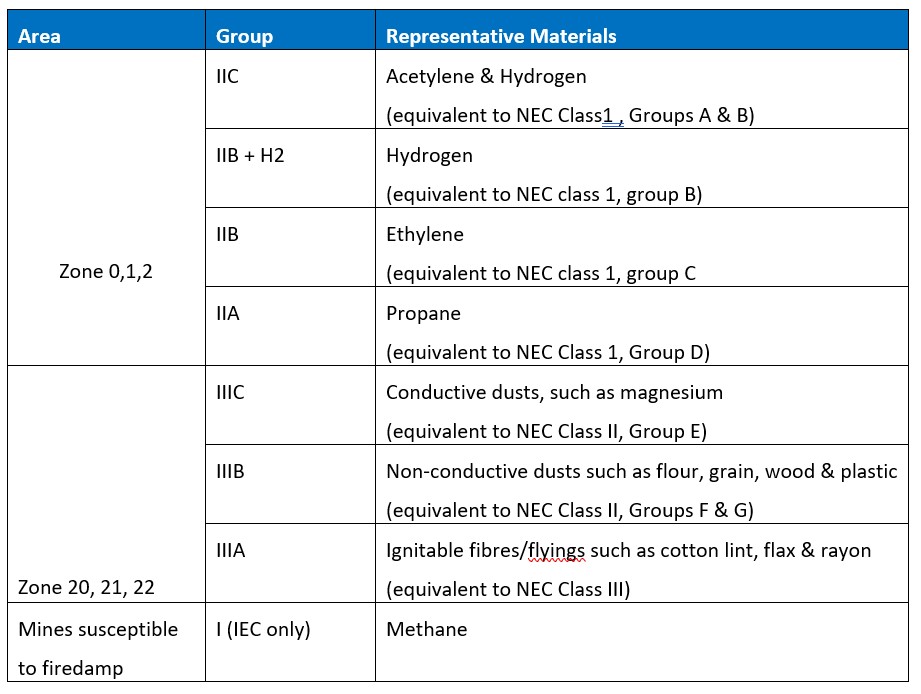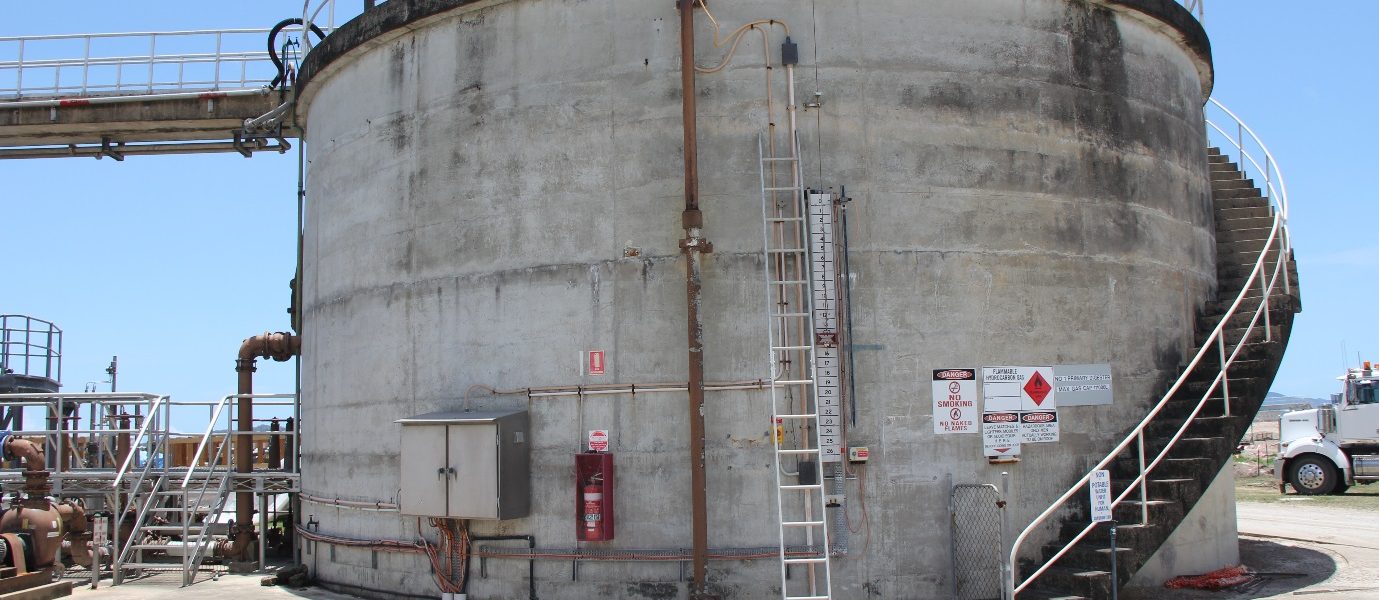How Roar Solutions can Save You Time, Stress, and Money.
How Roar Solutions can Save You Time, Stress, and Money.
Blog Article
The Facts About Roar Solutions Revealed
Table of ContentsExamine This Report on Roar SolutionsSee This Report about Roar SolutionsNot known Incorrect Statements About Roar Solutions
In order to secure installations from a potential surge a method of analysing and classifying a potentially unsafe location is called for. The purpose of this is to ensure the proper option and installation of tools to ultimately avoid a surge and to make certain safety of life.
(https://leetcode.com/u/roarsolutions/)
No tools needs to be installed where the surface area temperature level of the equipment is above the ignition temperature of the offered risk. Below are some usual dirt dangerous and their minimal ignition temperature. Coal Dust 380C 225C Polythene 420C (thaws) Methyl Cellulose 420C 320C Starch 460C 435C Flour 490C 340C Sugar 490C 460C Grain Dirt 510C 300C Phenolic Resin 530C > 450C Aluminium 590C > 450C PVC 700C > 450C Soot 810C 570C The chance of the hazard being existing in a concentration high enough to create an ignition will certainly vary from place to place.
In order to classify this risk an installation is divided right into areas of danger depending upon the amount of time the dangerous is present. These areas are referred to as Zones. For gases and vapours and dusts and fibers there are 3 areas. Area 0 Area 20 A dangerous environment is extremely most likely to be present and might exist for long periods of time (> 1000 hours each year) or perhaps continuously Area 1 Area 21 A hazardous ambience is feasible but unlikely to be existing for lengthy periods of time (> 10 450 C [842 F] A category of T6 suggests the minimal ignition temperature level is > 85 C [185 F] Unsafe area electric equipment possibly designed for usage in greater ambient temperature levels. This would suggested on the ranking plate e.g. EExe II C T3 Ta + 60C( This suggests at 60C ambient T3 will certainly not be gone beyond) T1 T1, T2, T3, T4, T5, T6 T2 T2, T3, T4, T5, T6 T3 T3, T4, T5, T6 T4 T4, T5, T6 T5 T5, T6 T6 T6 A T Class score of T1 means the optimum surface area temperature level produced by the instrument at 40 C is 450 C. Assuming the connected T Class and Temperature score for the tools are ideal for the area, you can constantly utilize a tool with a more rigorous Division score than required for the area. There isn't a clear response to this concern unfortunately. It truly does depend upon the sort of tools and what repair services require to be performed. Tools with specific test procedures that can not be performed in the area in order to achieve/maintain 3rd party score. Have to come back to the factory if it is prior to the equipment's service. Field Repair Service By Authorised Personnel: Challenging screening may not be needed nonetheless specific treatments may require to be followed in order for the equipment to preserve its 3rd celebration score. Authorized workers must be utilized to do the work correctly Repair service must be a like for like substitute. New component should be considered as a straight replacement requiring no special screening of the devices after the fixing is total. Each tool with an unsafe score should be assessed separately. These are laid out at a high level listed below, however for more thorough information, please refer directly to the guidelines.
Roar Solutions Can Be Fun For Anyone
The devices register is a comprehensive data source of devices records that consists of a minimum set of areas to recognize each thing's location, technological criteria, Ex lover classification, age, and ecological data. This info is important for monitoring and managing the tools efficiently within harmful areas. In contrast, for periodic or RBI sampling examinations, the quality will be a combination of Detailed and Close inspections. The proportion of Thorough to Shut examinations will certainly be determined by the Tools Threat, which is analyzed based on ignition danger (the probability of a resource of ignition versus the likelihood of a flammable environment )and the harmful area category
( Area 0, 1, or 2). This variation will certainly also affect the resourcing requirements for work prep work. When Whole lots are defined, you can create tasting strategies based on the example dimension of each Whole lot, which refers to the variety of arbitrary tools things to be examined. To establish the needed sample dimension, 2 facets need to be assessed: the dimension of the Lot and the classification of inspection, which indicates the degree of initiative that should be applied( decreased, typical, or raised )to the inspection of the Lot. By integrating the category of assessment with the Lot size, you can after that develop the proper denial standards for an example, indicating the allowed number of faulty things discovered within that sample. For even more information on this procedure, please describe the Energy Institute Standards. The IEC 60079 standard recommends that the maximum period between evaluations need to not surpass 3 years. EEHA evaluations will likewise be conducted outside of RBI projects as part of set up maintenance and devices overhauls or repair services. These inspections can be attributed toward the RBI example dimensions within the impacted Whole lots. EEHA assessments are performed to determine faults in electric tools. A heavy scoring system is vital, as a solitary tool may have multiple faults, each with varying levels of ignition threat. If the mixed score of both inspections is much less than two times the mistake score, the Whole lot is regarded acceptable. If the Great deal is still considered inappropriate, it needs to undergo a complete assessment or reason, which might trigger more stringent assessment protocols. Accepted Lot: The sources of any type of mistakes are determined. If an usual failing mode is discovered, additional devices might call for examination and repair service. Mistakes are identified by intensity( Safety and security, Stability, Housekeeping ), making sure that immediate problems are examined and dealt with immediately to mitigate any type of influence on safety or procedures. The EEHA database should track and tape-record the lifecycle of mistakes in addition to the corrective actions taken. Implementing a durable Risk-Based Examination( RBI )strategy is essential for making certain conformity and security in taking care of Electric Tools in Hazardous Areas( EEHA) (eeha training). Automated Mistake Rating and Lifecycle Monitoring: Effortlessly manage faults and track their lifecycle to enhance examination accuracy. The intro of this assistance for risk-based assessment better reinforces Inspectivity's placement as a best-in-class solution for governing conformity, along with for any kind of asset-centric examination usage instance. If you are interested in discovering more, we invite you to request a presentation and discover exactly how our option can transform your EEHA management procedures.
Some Known Incorrect Statements About Roar Solutions

In regards to eruptive risk, a harmful area is an environment in which an eruptive environment exists (or might be expected to be existing) in quantities that require special preventative measures for the building, installation and usage of devices. eeha certificate. In this write-up we check out the challenges encountered in the work environment, the risk control procedures, and the required expertises to work securely
It issues of modern life that we produce, save or take care of an array of gases or fluids that are considered flammable, and a variety of dusts that are deemed flammable. These materials can, in specific problems, develop explosive atmospheres and these can have major and unfortunate repercussions. Most of us know with the fire triangular remove any type of one of the three aspects and the fire can not take place, but what does this mean in the context of harmful locations? When breaking this down right into its simplest terms it is essentially: a combination of a certain amount of launch or leakage of a particular compound or material, blending with ambient oxygen, and the presence of a source of ignition.
In most instances, we can do little about the degrees of oxygen airborne, yet we can have significant influence on sources of ignition, for instance electrical devices. Dangerous areas are documented on the dangerous area classification illustration and are identified on-site by the triangular "EX" indication. Right here, amongst various other vital discover here info, zones are split right into 3 kinds depending on the risk, the possibility and duration that an eruptive atmosphere will exist; Area 0 or 20 is considered the most harmful and Zone 2 or 22 is considered the least.
Report this page